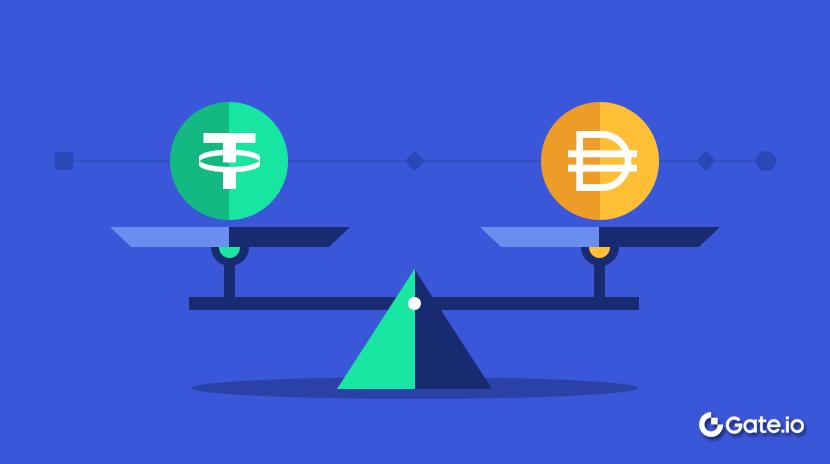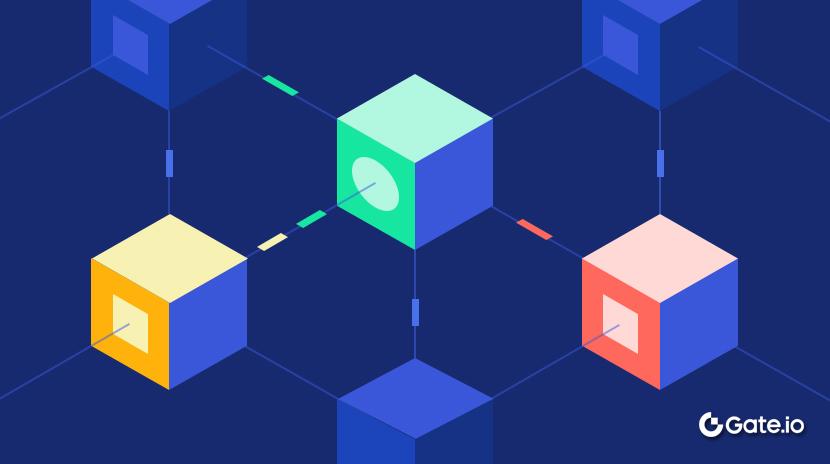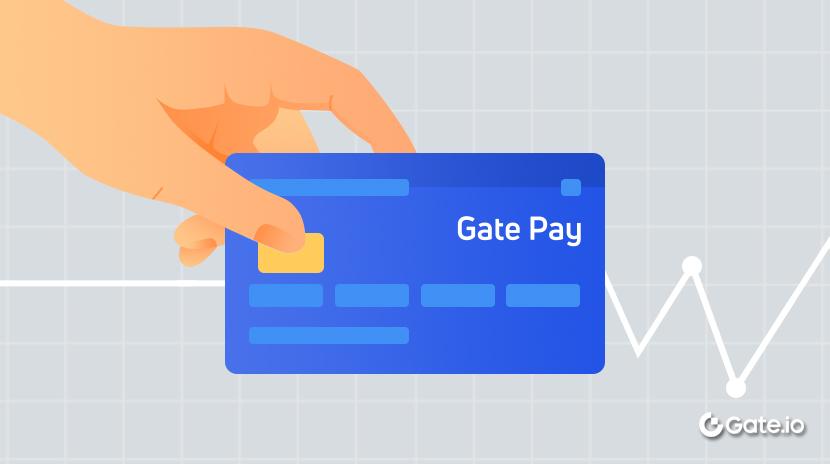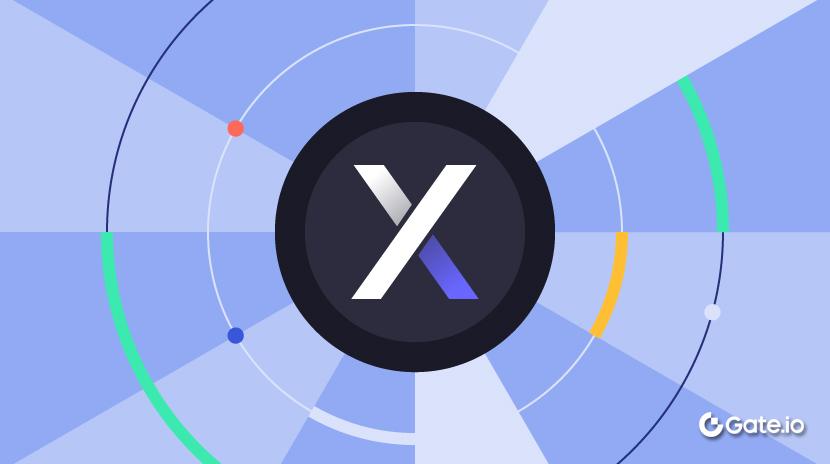Усе, що вам потрібно знати про фінанси діафрагми
Однією з найбільших проблем, що стоїть перед криптовалютною індустрією, є прийняття користувачів. Це в основному пов'язано з технічною природою технології блокчейну, що означає, що лише користувачі/розробники, знайомі з складними концепціями та стратегіями, дійсно можуть використовувати його потенціал.
У результаті багато проектів взяли на себе завдання покращити це. Одним із ключових проривів у цьому секторі стало введення намірів, яке дозволяє звичайним користувачам виконувати процеси, пов'язані з блокчейном, за допомогою звичайної мови. Тепер, за допомогою платформи, такої як Aperture Finance, користувачі можуть використовувати наміри для спілкування з штучним інтелектом для виконання завдань, пов'язаних з блокчейном.
Що таке Aperture Finance?

Джерело: aperture.finance
Фінанси Апертури - це платформа DeFi, яка має на меті полегшити прийняття блокчейну за допомогою штучного інтелекту для спрощення складних торговельних стратегій. По суті, вона дозволяє користувачам висловлювати свої фінансові цілі людською мовою, а її власна система на основі штучного інтелекту під назвою IntentsGPT перетворює їхні команди в дійсні торговельні стратегії. Це дозволяє як початківцям, так і досвідченим трейдерам насолоджуватися більш плавним досвідом торгівлі, не потребуючи такої великої технічної інформованості.
Aperture Finance надає доступ до різних продуктів DeFi, включаючи ліквідність, пари обміну та стратегії генерації доходу через свій флагманський децентралізований обмін (DEX), ApertureSwap. Також він пропонує інтеграцію з популярними децентралізованими обмінами, такими як Uniswap та PancakeSwap.
Крім того, Aperture Finance має широку мережу розв'язування, завдяки якій постійно сканує ліквідність пулів та протоколів на різних блокчейнах для отримання кращої ціни. Більше того, платформа використовує модель безгазових транзакцій, що означає, що користувачі можуть довіряти Aperture Finance управлінням надмірно високими комісіями за транзакції. Ці функції дозволяють Aperture Finance зробити торгівлю більш доступною, відкриваючи передові стратегії, які колись були доступні лише інституційним інвесторам.
Історія Aperture Finance
Aperture Finance було запущено в 2021 році генеральним директоромЛян ЧжуІнші члени виконавчої команди включаютьПейцзян Лі (спів-CTO), Гао Хан(спів-CTO), іKavi Saglani(CMO). Ці професіонали мають досвід роботи з гігантськими компаніями, такими як Google, Netflix і Wall Street.
З моменту запуску Aperture Finance постійно розширювало свою екосистему, інтегруючись з кількома блокчейн-мережами та проєктами, включаючи Uniswap, Manta Network, Arbitrum, Polygon та Optimism. 31 травня 2024 року проєкт офіційно запустив свій власний токен, APTR, який може бути використаний для транзакцій на Ethereum, Arbitrum та Mantle Network. Платформа також оброблено до 4 мільйонів транзакцій, з наміром обсягу в $3.7 мільярда та обслуговуванням до 344 634 активних користувачів гаманців.
Проект також отримав гарну підтримку від криптовалютної індустрії, збираючи до@aperturefinance$12 мільйонів на чотири раунди фінансування, і досягнення оцінки $250 мільйонів. Його останній раунд фінансування (Серія A) очоливSkyland Ventures, Фонд засновників блокчейнутаГрупа Krypital, і отримав участь від інших доброчесних інвесторів, таких як Алхімія, SNZ, Стратифікований капітал, Cipholio, ViaBTC, CatcherVCіПодвійний пікІнші інвестори, які брали участь в попередніх раундах фінансування, включають ParaFi Capital, Arrington Capital, Divergence Ventures, Венчури Costanoa, Athena Ventures, Stakely, і так далі.
Як працює Aperture Finance?
Основною пропозицією Aperture Finance є міцна рамка, яка поєднує штучний інтелект з технологією блокчейн для оптимізації та спрощення складних транзакцій DeFi. Його система дозволяє користувачам виражати свої фінансові цілі простою мовою та автоматично перетворювати їх в реальні торгові стратегії. Таким чином, немає потреби в звичайних ручних налаштуваннях, що робить DeFi більш доступним для початківців та досвідчених трейдерів.
Структура Aperture Finance складається з чотирьох ключових компонентів, а саме IntentsGPT, Intents Mempool, вузлів-розв'язувачів та двигуна виконання, який оцінює рішення, запропоновані вузлами-розв'язувачами. Перша компонента, IntentsGPT, - це чат-бот, який працює на базі штучного інтелекту, виступає як розумний помічник і розуміє природну мову, схожий на Siri від Apple.
За допомогою IntentsGPT замість ручного аналізу та налаштування угод з різними параметрами користувач може просто сказати: "Я хочу максимізувати дохід від своїх інвестицій в ETH на наступний тиждень", і IntentsGPT перетворить цей запит у чітку, стандартизовану команду блокчейну. Aperture Finance досягає цього за допомогою спеціалізованої мови, специфічної для області (DSL), яка зводить міст між людським вводом користувача та технічними вимогами блокчейну.
Після того як користувач поділиться своїм наміром з чат-ботом, намір надсилається до пулу намірів, який діє як безпечне сховище, що організовує та ставить у чергу всі вхідні запити. Пул намірів також забезпечує обробку запитів в залежності від факторів, таких як терміновість та наявні ресурси. Цей підхід допомагає Aperture Finance керувати великим обсягом користувацьких введень та забезпечити, що жоден запит не буде втрачено або затримано.
Третій компонент структури Aperture Finance включає мережу вузлів-розв'язувачів, відповідальність за які полягає в скануванні всього ландшафту DeFi. Вони можуть отримувати доступ до даних із кількох джерел ліквідності та запускати складні алгоритми для визначення найкращих можливих маршрутів і рішень для намірів кожного користувача. Вони також використовують докази знань (ZK)для перевірки даних поза ланцюжком без розголошення чутливої інформації, такої як деталі користувача. Запропоновані рішення потім надсилаються до останнього компонента - рушійного двигуна ранжування та виконання.
Двигун виконання переглядає та класифікує всі запропоновані рішення від вузлів розв'язування на основі критеріїв, таких як потенційний дохід, пов'язані збори та загальний ризик. Потім він вибирає найкраще рішення та виконує транзакцію на блокчейні, забезпечуючи, що користувачі досягають найкращого можливого результату як можна швидше за мінімальну вартість та затримку.
Основні функції Aperture Finance
Особливості включають:
Солвер DAO
Як вже зазначалося, Solver DAO є ключовою частиною архітектури Aperture Finance, оскільки вони складаються з вузлів розв'язування, які допомагають перетворювати запити користувачів на фактичні рішення DeFi. По суті, Solver DAO - це групи або мережі розв'язування, які фокусуються на вирішенні «намірів», заявлених користувачами, таких як отримання airdrop або перебалансування їх ліквідності.
Щоб приєднатися, вузли розв'язування ставлять конкретну кількість $APTR та ETH, що дає їм доступ до пулу намірів користувачів, зібраних в mempool системи. Ці DAO можуть складатися з одного встановленого розв'язувача, який працює самостійно, або мережі менших розв'язувачів, які спільно працюють.
Наміри можуть бути вирішені DAO Aperture Finance або DAO-рішеннями сторонніх постачальників. Якщо новий намір поданий, DAO-рішення (чи то від Aperture Finance, чи від стороннього постачальника) може створити рішення, яке відповідає модулярному дизайну Aperture Finance. Після знаходження рішення вони можуть зробити його «декларативним», дозволяючи користувачам використовувати рішення через Aperture Finance для виконання їхнього початкового запиту.
DAO-організації рішень є конкурентними, і їх підтримують у пошуку рішень якомога швидше, щоб заробити винагороду. Конкурентний процес має багатогранну природу. У екосистемі Aperture розв'язувачі можуть вирішити використовувати масштабовані та швидкі on-chain смарт-контракти, або вони можуть використовувати off-chain сценарії, які швидко публікують рішення.
Крім того, професіональні розв'язувальники мають персоналізовані методи "альфа", які суттєво вдосконалені стратегії та техніки для вирішення намірів. Це означає, що їм не потрібно використовувати традиційні смарт-контракти під час процесу вирішення, вони можуть замість цього покладатися на процес перевірки нульовим знанням (ZK) Aperture, щоб швидше підтвердити свої рішення поза ланцюжком. Крім того, деякі Solver DAO також використовують механізм сховища для збору коштів на витрати на стейкінг і діляться своїми доходами відповідно.
Практичний приклад цього процесу може бути "намір на отримання повітряного скидання". Користувач може сказати: "Отримайте всі відповідні повітряні краплі в моєму ім'я, включаючи витрати на газ, за винагороду у розмірі 1% або менше" Системний чат-бот буде задавати уточнювальні питання, перекладати природну мову користувача у стандартизований формат та публікувати намір у Mempool. Після цього Solver DAOs можуть переглянути цей запит, зіставити його з відповідними повітряними краплями для користувача та подати свої пропозиції. Ці пропозиції потім симулюються та перевіряються смарт-контрактами Aperture, класифікуються виконавчим двигуном, і найкраще рішення виконується, що дозволяє користувачу отримати всі відповідні повітряні краплі безперешкодно.
ApertureSwap

Джерело: https://app.aperture.finance/swap?chainId=1&amm=Uniswap
ApertureSwapце децентралізована біржа (DEX), яка використовує схожу модель з Uniswap V3. Вона працює наТихоокеанський Манта, мережа Layer 2 з нульовими знаннями (ZK), побудована на Ethereum. Manta Pacific - це мережа Layer 2 Ethereum, яка використовує докази з нульовими знаннями для забезпечення безпеки та прискорення транзакцій. Вона побудована за допомогою модифікованої версії стеку OP - фреймворку, який також використовується проєктами, такими як BASE chain та Magi chain від A16z. Це дозволяє користувачам насолоджуватися швидшими та дешевшими транзакціями.
Однак, на відміну від Uniswap V3, ApertureSwap поставляється з вбудованими функціями, які автоматично керують ліквідністю для користувачів. Наявність автоматизованих функцій LP (постачальник ліквідності) допомагає користувачам забезпечити ефективне виконання їх угод без необхідності постійних ручних налаштувань. Крім того, ApertureSwap підтримує лімітні та діапазонні замовлення (інструменти DeFi, що дозволяють користувачам встановлювати конкретні умови для їх угод), що дає користувачам більше контролю над тим, як і коли можуть відбуватися їх транзакції.
Послуги маркет-мейкінгу (MaaS)
Market Making as a Service (MaaS) - це нове рішення, яке допомагає власникам протоколу керувати ліквідністю на ланцюжку ефективніше. Основна ідея полягає в тому, що MaaS надає передові інструменти, які автоматизують процес ринкового мейкінгу, забезпечуючи достатню ліквідність на ринку для підтримки плавних угод. Це особливо важливо для децентралізованих бірж та протоколів на основі токенів, де наявність достатньої ліквідності може бути різницею між ефективним трейдингом та волатильними коливаннями цін.
MaaS пропонує кращий підхід до управління ліквідністю, надаючи управління інвентарем на ланцюжку та ефективне перебалансування позицій мейкера та тейкера (покупця та продавця). З кращим доступом до концентрованої ліквідності власники протоколу можуть забезпечити, що їх активи розміщені в оптимальних цінових діапазонах, що в свою чергу створює кращу ринкову ліквідність. MaaS платформа Aperture Finance також легко налаштовується, що дозволяє як ручне управління, так і повністю автоматизовані стратегії на основі конкретних потреб та ризикотерпимості проєкту.
MaaS Aperture Finance також пропонує набір алгоритмічних торгових інструментів, щоб допомогти власникам протоколів придбати або ліквідувати активи за допомогою стратегій, таких як часово-зважений середній курс (TWAP) та обсягово-зважений середній курс (VWAP). Ці інструменти забезпечують виконання угод за найкращими ставками, мінімізуючи вплив на ринок та раптові цінові коливання.
Що таке APTR?
APTR – це нативний токен управління та корисності екосистеми Aperture Finance. Це токен ERC20, запущений 31 травня 2024 року. За допомогою токена APTR користувачі можуть полегшувати транзакції, а також користуватися правом брати участь у процесах прийняття рішень на платформі. Вони також отримують винагороду в токенах APTR за стейкінг на платформі.
APTR Токеноміка

Джерело: docs.aperture.finance
APTR має поточний обіговий обсяг у 90,9 мільйонів токенів, загальний обсяг у 1 мільярд токенів та ринкову капіталізацію у $155,000. Токен розподілявся наступним чином:
- 7% було зарезервовано для роздачі
- 1,3% було продано на публічному продажу
- 37.7% було зарезервовано для фонду екосистеми
- 20% дісталося команді та радникам
- 10% було зарезервовано для стратегічних цілей
- 12% було виділено на насіннєвий раунд
- Ще 12% було виділено на фонд зростання спільноти
Новини про APTR
2024 був насиченим роком для Aperture Finance. Він насолоджувався різними досягненнями, такими як запровадження свого токену APTR, роздача токену через airdrops для винагороди користувачів, а також запуск своєї моделі Market Making as a Service (MaaS). У 2025 році платформа @aperturefinance/апертура-фінанси-defi-визначено-2024-року-в-огляді-24d0ffa752e7">підтвердив свою готовність продовжувати інновації, спрямовані на штучний інтелект.
Чи є APTR хорошим інвестицією?
APTR призначений для революціонізації концепції торгівлі DeFi, надаючи виконання намірів, підтримане штучним інтелектом. Однак ми завжди повинні пам'ятати, що криптовалютний ринок дуже волатильний. Таким чином, ми завжди повинні робити докладне дослідження перед інвестуванням у будь-який проект, який би він не був привабливим.
Дії з APTR
Усі користувачі можуть торгувати та обмінювати APTR на Gate.io. Натисніть тут, щоб переглянути та торгувати ваші улюблені пари.
Пов’язані статті

Детальний опис Yala: створення модульного агрегатора доходності DeFi з $YU стейблкоїном як посередником

Що таке Стейблкойн?

Все, що вам потрібно знати про Blockchain

Що таке Gate Pay?

Що таке dYdX? Усе, що вам потрібно знати про DYDX
